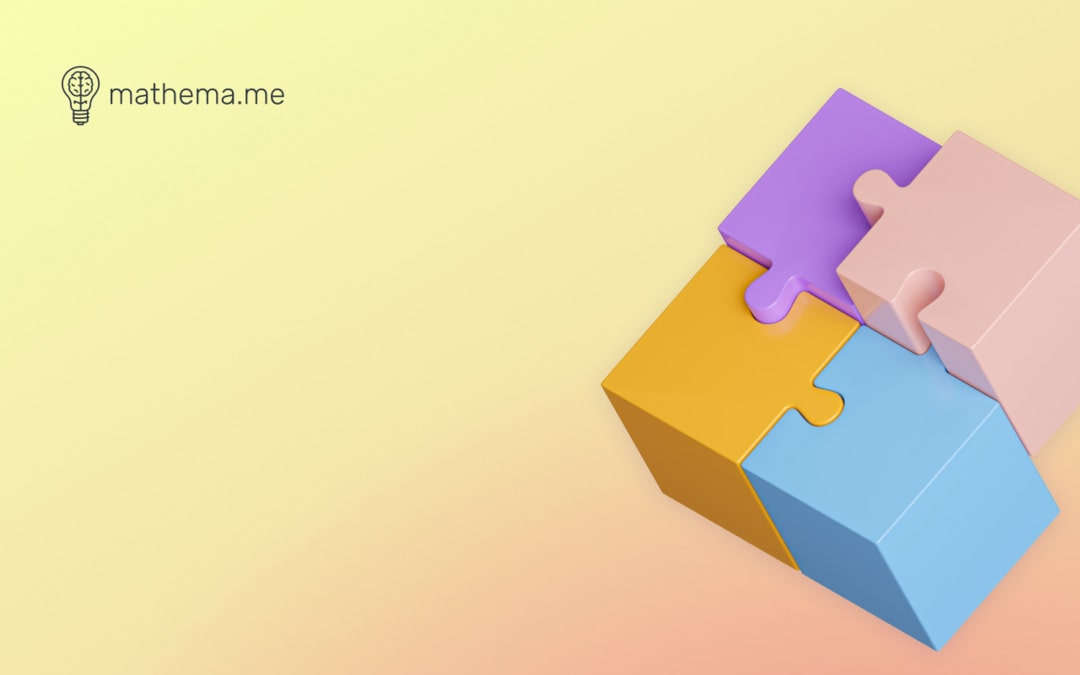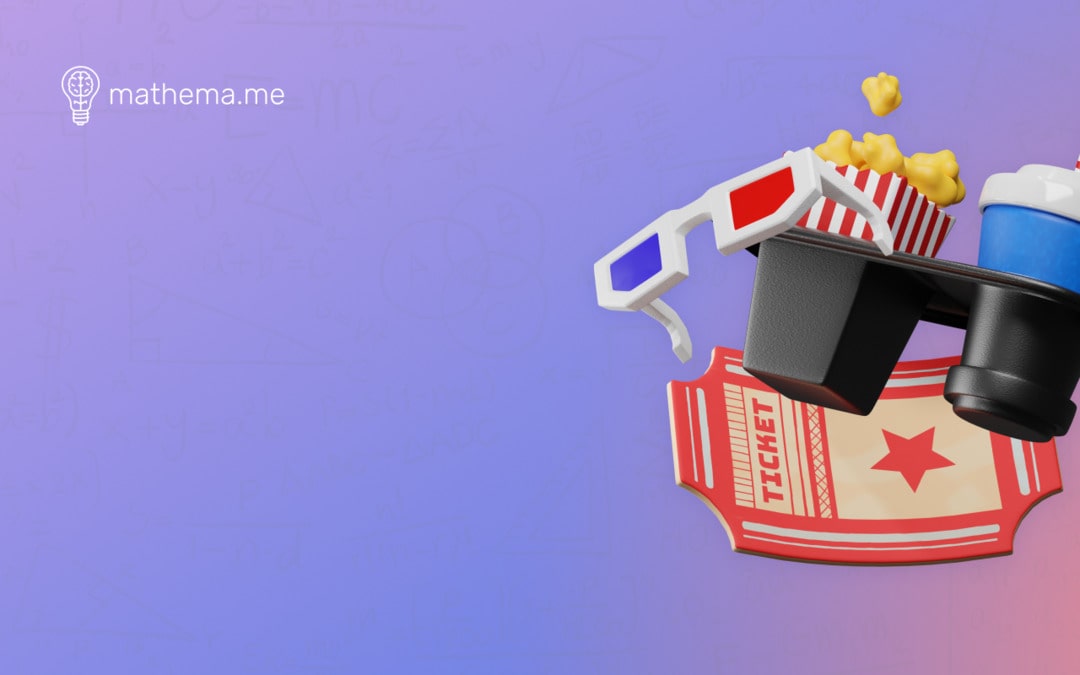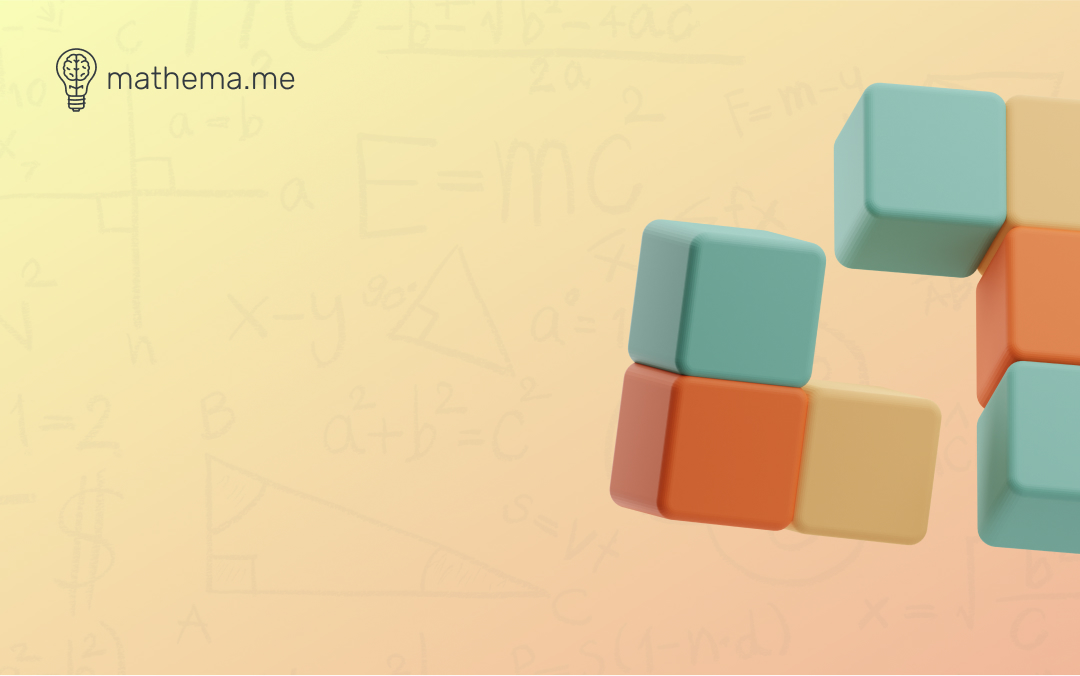Math is one of the toughest subjects for a lot of students. A Gallup Youth Survey found that 37% of kids between 13 and 17 think it’s the hardest subject in school. But with some extra effort, even a challenging subject like math can be learned quickly, even if you’re starting from scratch.
In this article, Mathema will give you a complete guide on “How to Learn Math from Scratch.” You will also find tips on self-studying mathematics online.
How to Learn Math
Starting your math journey can feel like a big deal, but it’s totally doable and can even be fun! Here’s a step-by-step guide to help you dive in:
- Figure Out Where You Stand: Take a look at what you already know in math and what needs some work. This will help you focus your energy where it’s needed most.
- Set Your Goals. Think about what you want to achieve with your math studies. Whether it’s boosting your grades, getting ready for a test, or just getting better at solving problems, having clear goals will keep you on track.
- Find the Right Tools. Pick the textbooks, online courses, or tutoring that fits your learning style and goals. Start with materials that cover the basics, and then build up from there.
- Start with the Basics. Kick things off with the fundamentals like arithmetic (adding, subtracting, multiplying, dividing), fractions, and basic shapes. These are the building blocks for the more complicated stuff later on.
- Practice, Practice, Practice. The more you practice, the better you’ll get. Start with easy issues and work your way up to the harder ones.
- Ask for Help When You Need It. If you’re stuck on something, don’t be shy about asking for help. Teachers, tutors, or even online forums can be great resources. Working with friends can also make learning more fun.
- Connect Math to Real Life. Try to see how math shows up in everyday situations. This can make it more interesting and show you why it’s useful.
- Keep Track of Your Progress. Seeing how far you’ve come can be a big motivator. Celebrate the small wins and learn from any setbacks.
- Stick With It. Learning math can be tough at times, but keep at it. Every challenge is a chance to learn and get better.
By following these steps, you’ll be on your way to getting the hang of basic math and laying the groundwork for tackling more advanced topics. Remember, everyone learns at their own pace, so take it one step at a time and enjoy the journey.
In what order should I learn the different branches of mathematics?
When you’re diving into math, there’s a sort of roadmap you can follow to make sense of all the different parts. Here’s a laid-back guide to tackling the world of math, step by step:
1. Arithmetic
Kick things off with the basics — adding, subtracting, multiplying, and dividing. Get comfy with fractions, decimals, and percentages too.
2. Pre-Algebra
This is where you start playing with factors, multiples, and primes. It’s like a warm-up for algebra, getting you ready to handle variables and simple equations.
3. Algebra
Now you’re in the big leagues, dealing with linear equations, graphing, and quadratic equations. It’s all about finding the unknowns and solving puzzles with numbers and symbols.
4. Geometry
Time to explore shapes, angles, and all their properties. You’ll be measuring, calculating areas and volumes, and proving theorems like a pro.
5. Trigonometry
This is where you get to know triangles inside out, focusing on their angles and sides. It’s super useful for understanding waves and all sorts of real-world stuff.
6. Pre-Calculus
You’re gearing up for calculus here, diving into advanced algebra and trigonometry, and getting a taste of limits and sequences.
7. Calculus
This is where things get fascinating, with differential calculus (think rates of change and slopes) and integral calculus (areas under curves and accumulation).
8. Linear Algebra
It’s all about vectors, matrices, and solving systems of equations. This stuff is key in tons of areas, from physics to computer graphics.
9. Statistics and Probability
Now you’re playing with data, figuring out how to collect, analyze, and make sense of it. Plus, you’ll get into the nitty-gritty of probability and what it means for events to happen.
9. Advanced Topics
Depending on what you’re into, you might dive into more complex stuff like differential equations, abstract algebra, or even topology.
Why Getting a Math Tutor is the Fast Track to Math Mastery

A tutor might just be your secret weapon to getting ahead fast. Here’s the lowdown on why a math tutor can be a game-changer:
It’s All About You
A tutor can customize lessons just for you, focusing on what you’re good at and where you need a little extra help. It’s like having a math coach who’s got your back.
Instant Feedback
Got a question? Stuck on a problem? Your tutor’s right there to help you out, so you can fix mistakes on the spot and keep moving forward.
One-on-One Time
In a big class, it’s easy to feel lost. But with a tutor, you’re the star of the show. They’re all about answering your questions and making sure you get it.
Go at Your Pace
Everyone’s got their own speed when it comes to learning. A tutor can slow things down when you’re stuck or speed things up when you’re on a roll.
Boost Your Confidence
Math can be scary, but having a tutor can make you feel like you’ve got this. Every time you nail a new concept, you’ll feel more and more confident.
It Fits Your Schedule
Tutors can often work around your busy life, and some even offer online sessions, so you can learn from the comfort of your home.
See Math in Action
Tutors can show you how math pops up in real life, making it more interesting and showing you why it matters.
Learn How to Think Like a Mathematician
A great tutor doesn’t just teach you math; they teach you how to think in a way that’ll help you in all sorts of situations, not just in math class.
Branch out beyond just practical books
Don’t just stick to textbooks and practical guides. Math is all around us, shaping the world in ways we typically don’t realize. Beyond the usual textbooks, problem sets, and formulas, there are tons of fascinating books out there that explore the intriguing aspects of math. Here are a few that bring the magic of math to life in a way that’s easy to understand.
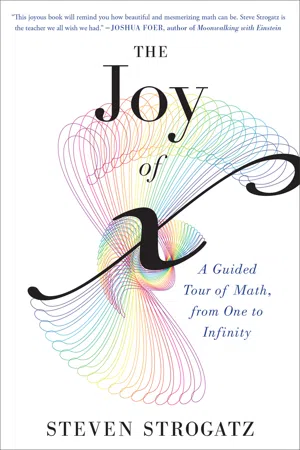
“The Joy of X: A Guided Tour of Math, from One to Infinity”
The book starts with simple stuff like adding and subtracting and then takes you on a journey all the way to the brain-bending realms of calculus, probability, and beyond. Strogatz has a knack for using everyday stories, a bit of humor, and some really relatable examples to explain how math works and why it’s so fascinating.
What’s awesome about “The Joy of X” is that it’s not just a bunch of formulas and equations. It’s a celebration of how cool and beautiful math can be. Strogatz’s excitement for math is contagious, and he invites you to see the magic in numbers and equations that you might have missed before.
Whether you’re a math fan or someone who’s always been a bit wary of numbers, this book is a great way to see math in a new light. It shows how math is all around us and plays a big part in our lives, often in ways we don’t even realize.
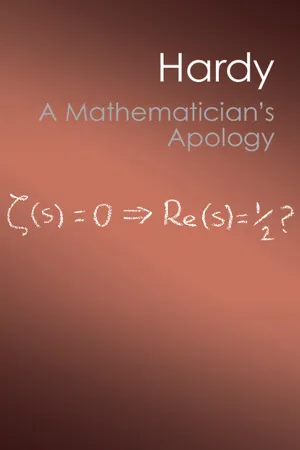
“A Mathematician’s Apology”
“A Mathematician’s Apology” is this amazing book by G.H. Hardy, a famous British mathematician, written back in 1940. It’s basically Hardy’s love letter to math, where he argues that math is more than just numbers and equations — it’s a form of art, just like poetry or painting.
In the book, Hardy gets really deep into what makes math so beautiful and fascinating. He believes that the real magic of math isn’t in its practical uses, but in the pure joy and intellectual thrill it brings to those who dive into it.
Hardy also gets personal, sharing his own experiences as a mathematician, the highs of discovering something new, and the lows, like dealing with getting older and feeling his math skills slipping away. It’s pretty touching and adds a human element to the whole math world.
The title “A Mathematician’s Apology” might sound like Hardy is saying sorry for something, but he’s actually not. He’s using “apology” in the old-school sense, like making a strong case or defense for something. And in this case, he’s standing up for the beauty and importance of pure math.
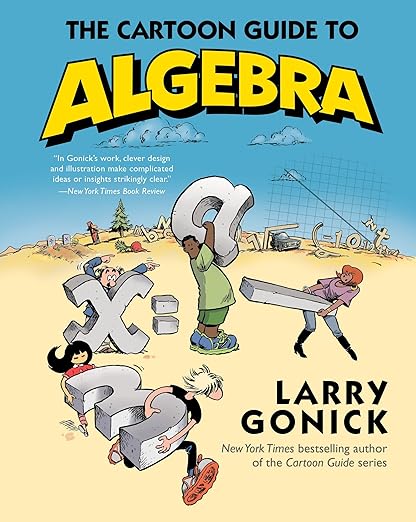
“The Cartoon Guide to Algebra”
“The Cartoon Guide to Algebra” is this cool book by Larry Gonick that makes learning algebra a blast. Instead of pages filled with just numbers and equations, this book is packed with fun cartoons and jokes that make all those algebra concepts way easier to digest.
Gonick takes you through everything from the basics, like adding and subtracting, all the way to the trickier stuff like quadratic equations and graphing. He’s got this knack for explaining things in a way that’s super clear and simple, and he throws in a bunch of funny illustrations to keep things light and entertaining.
What’s awesome about this book is that it doesn’t feel like a typical math textbook. It’s more like learning algebra from a funny friend who knows how to keep things interesting. So whether you’re a student trying to get a handle on algebra, a teacher looking for a fun way to teach it, or just someone who likes learning with a smile, “The Cartoon Guide to Algebra” is definitely worth checking out. It’s a fun, refreshing take on a subject that can sometimes feel a bit heavy.

